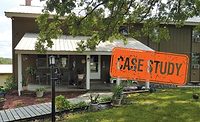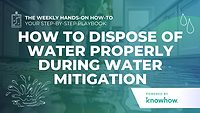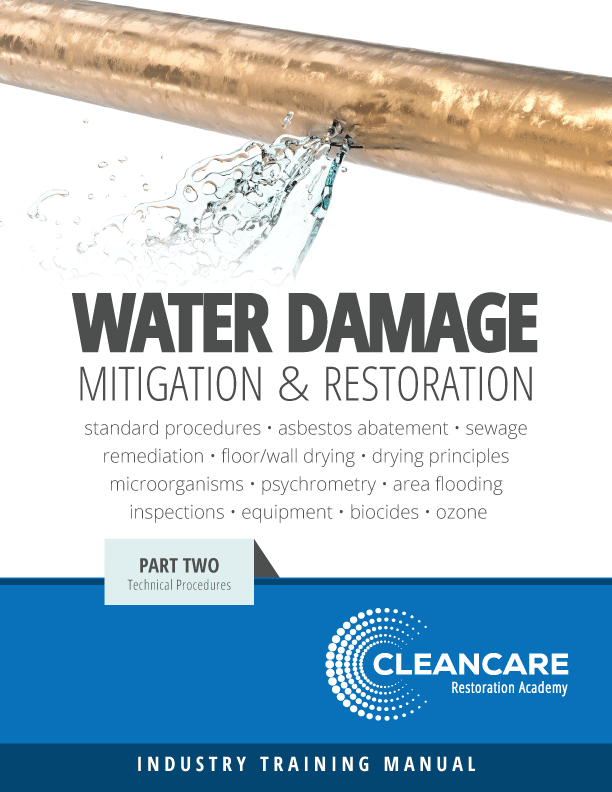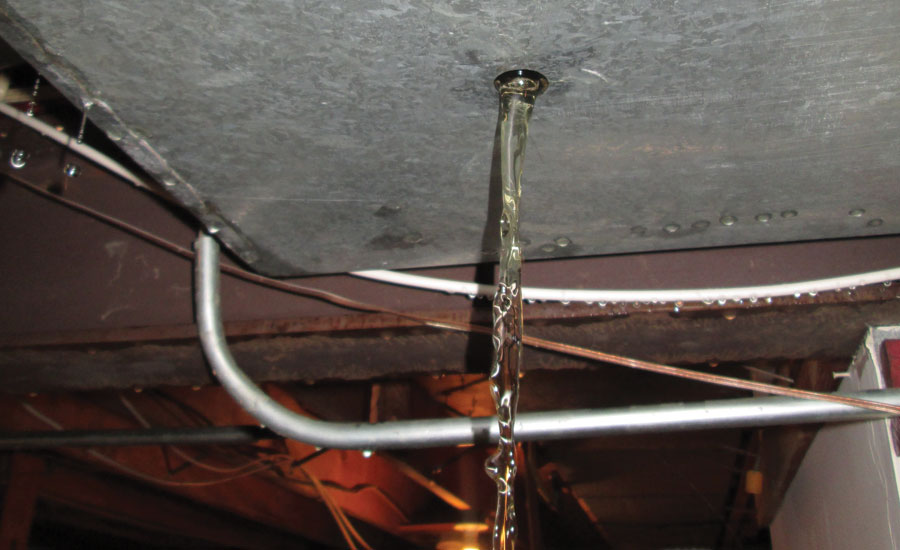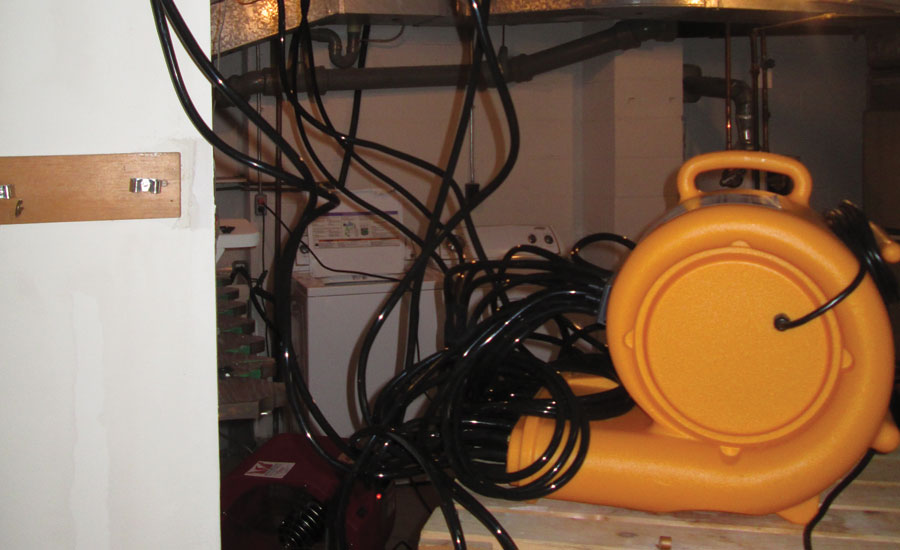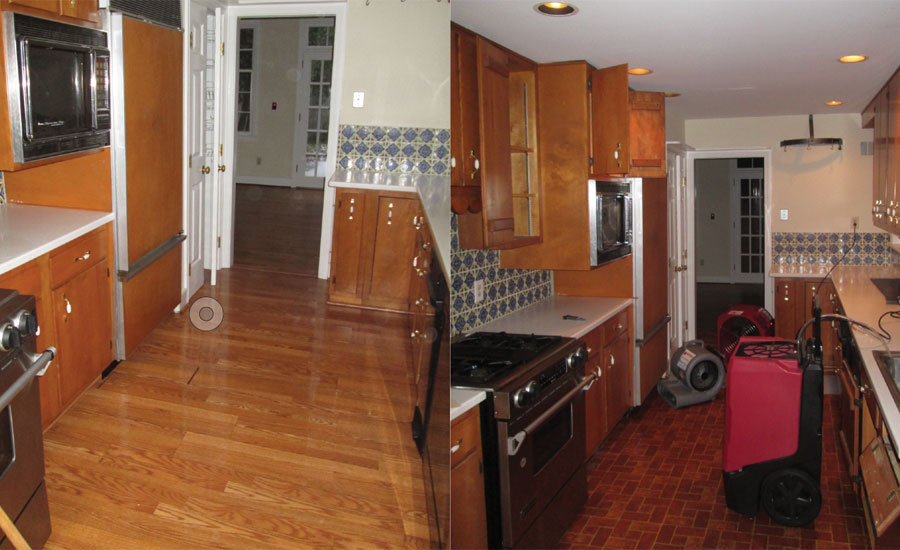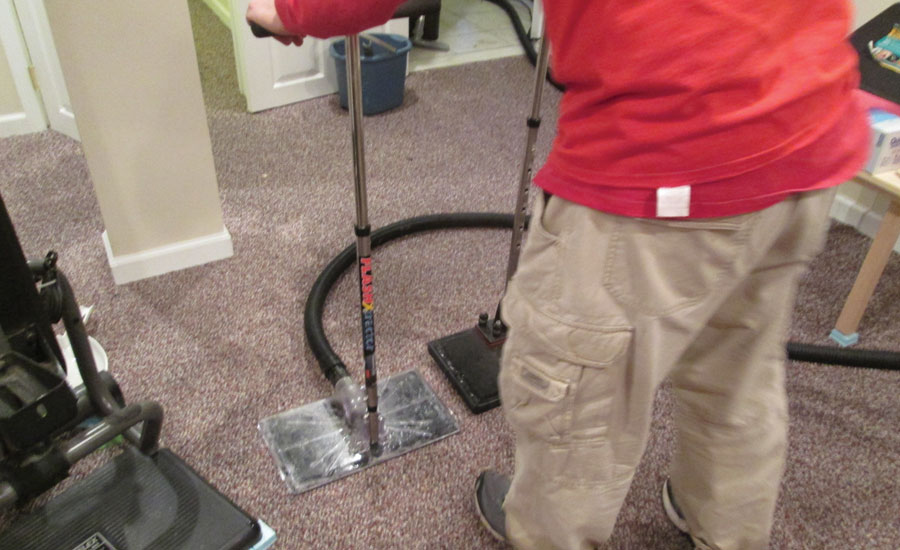Avoiding Demolition During Water Damage Restoration

Lots of equipment is being used to efficiently and effectively dry the floors in this family room. (Photos courtesy of Niki Francis Restorations)
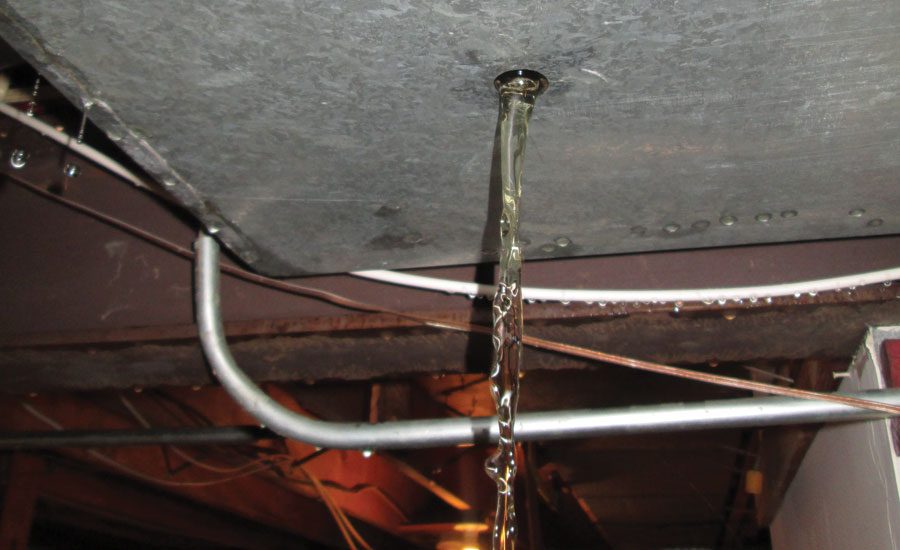
Draining water from the ducts in a flooded three-story townhouse. (Photos courtesy of Niki Francis Restorations)

Drying hardwood floors in the flooded office space. (Photos courtesy of Niki Francis Restorations)

A heating system is used to dry the vents in the flooded townhouse. (Photos courtesy of Niki Francis Restorations)

An air mover is strategically placed to dry this stairway. (Photos courtesy of Niki Francis Restorations)

A look at the kitchen before and during the drying process. (Photos courtesy of Niki Francis Restorations)

Carpet is being dried in the finished basement. (Photos courtesy of Niki Francis Restorations)







Over the past 23 years, I have made a lot of mistakes, but with each I learned something new about running a business. One of my important lessons was to demo or not to demo.
The biggest complaint I hear from other remediation companies is that they lose money on rebuilds. They are labor intensive and customers always expect the completed job will be better than the original. They do not understand the job is to bring it back to pre-loss condition; they see this as a renovation and improvement. They do not want the $30-a-yard carpet that was approved by the insurance company because they picked out a $70-a-yard carpet they like better. At last count, there were 261 shades of white, and the one you painted on the ceiling never seems to be the same color white the customer remembers it was two months ago when you tore it out.
What makes this worse is perhaps none of this was necessary. You could have gone in, dried what needed to be dried, and left with a thank you and a check.
Technology and new equipment in the industry have made it possible to inspect behind walls and cabinets. By adapting to the newest methods, you can reduce you drying time and eliminate the need for demo, therefore increasing your profits.
Insurance companies pay my company in weeks not months and our average job is three days. We never lose money on a job and have a great profit margin. Other companies are doing demo, and if they are lucky they are making 10 percent. They need to deal with local inspectors, zoning changes, materials, labor, customer’s upgrades, etc. Some companies feel it cannot be done without demo, yet we have proven time and time again that this is not so.
Let’s talk specific scenarios.
A Flooded Basement
A few months ago, we did a home in Bryn Mawr, Penn. Snow on the ground and weeks below zero caused many of the pipes in the area to break. We were called in by a plumber to dry a basement. Half the basement was unfinished, the other half had wood floors and drywall.
We arrived, took moisture readings and scanned walls and floor with an infrared camera. We then extracted 60 gallons out of the floors and walls using two portable water extractors and rescue mats. We set up three dehumidifiers, a dozen or so blowers and axles fans, two complete interjector dry floor systems, a wall dryer, and a heater. This may seem like a lot of equipment, but due to the layout of the basement it required some outside-the-box thinking.
We came back the next two days, checking readings as well as moving some equipment and removing others.
On the morning of the fourth day, we had reached the dry standard we had set as the goal and the work was completed. We saved 100 percent of the wall and 100 percent of the hardwood floor. The insurance company was happy to pay us $5,200, the customer was happy because we were done in days not months, and I was happy because it was a nice little profit.
New Home Flooded
Another example would be a client who purchased a new three-story townhouse and had the water turned on but never checked if any of the faucets were open. Two days later they came into the house to find it flooded. They learned quickly that the previous owners had winterized the home and left the third floor tub faucet open to drain the system. The tub drain, however, was closed and the water ran for two days, overflowing on the third floor and draining throughout the house. The heating vents were filled with water; this turned out to be a good thing since it worked as a conduit to move the bulk of the water to the basement via the heating vents. We were able to see the vents full of water via the infrared camera. So the first thing we did was pull plugs on the ducts and drain the water out.
This house also had no heat, so we added a 200,000 BTU indirect heater on the outside to warm the house to 90 degrees. Once again, we used the portable extractors to dry each of the levels. Using the moisture meters we were able to track the flow of the water that did not go through the vents. This allowed us to set up dryers and blowers.
We also used our wall dryer to heat up and dry the vent system and then proceeded to extract water from carpeting and other surfaces on all three levels.
Additional equipment included desiccant dehumidifiers on the second floor, blowers and axial fans throughout the house, and two dehumidifiers (one on the first and one in the basement).
The only demo we did was to remove the baseboards on the second and first floors to allow access for the wall cavity dryers to blow warm air into them.
This house took four days to dry completely and the extra day was mostly due to the weather since it was between 18 and 34 degrees outside. Once completed and our dry standard was reached, the customer paid us $ 8,150.
As you can see, my goal in business is to make a profit. I care little about the size of the claim or how big the final number is. All that concerns me, as well as all that should concern you, is what the net is after expenses.
This does not mean that there is never a time for demo. IICRC standards outline when it is necessary. When you have flood water or sewage for example. When the water has been sitting for over 72 hours, you have to be concerned with bacterial growth.
What I am demonstrating is that by responding quickly and doing a proper assessment you can increase your profits by avoiding demolition. Simply put, I would rather net $ 2,000 for job that takes three days than $3,000 for a job that takes 30.
What is your final profit?
Looking for a reprint of this article?
From high-res PDFs to custom plaques, order your copy today!




